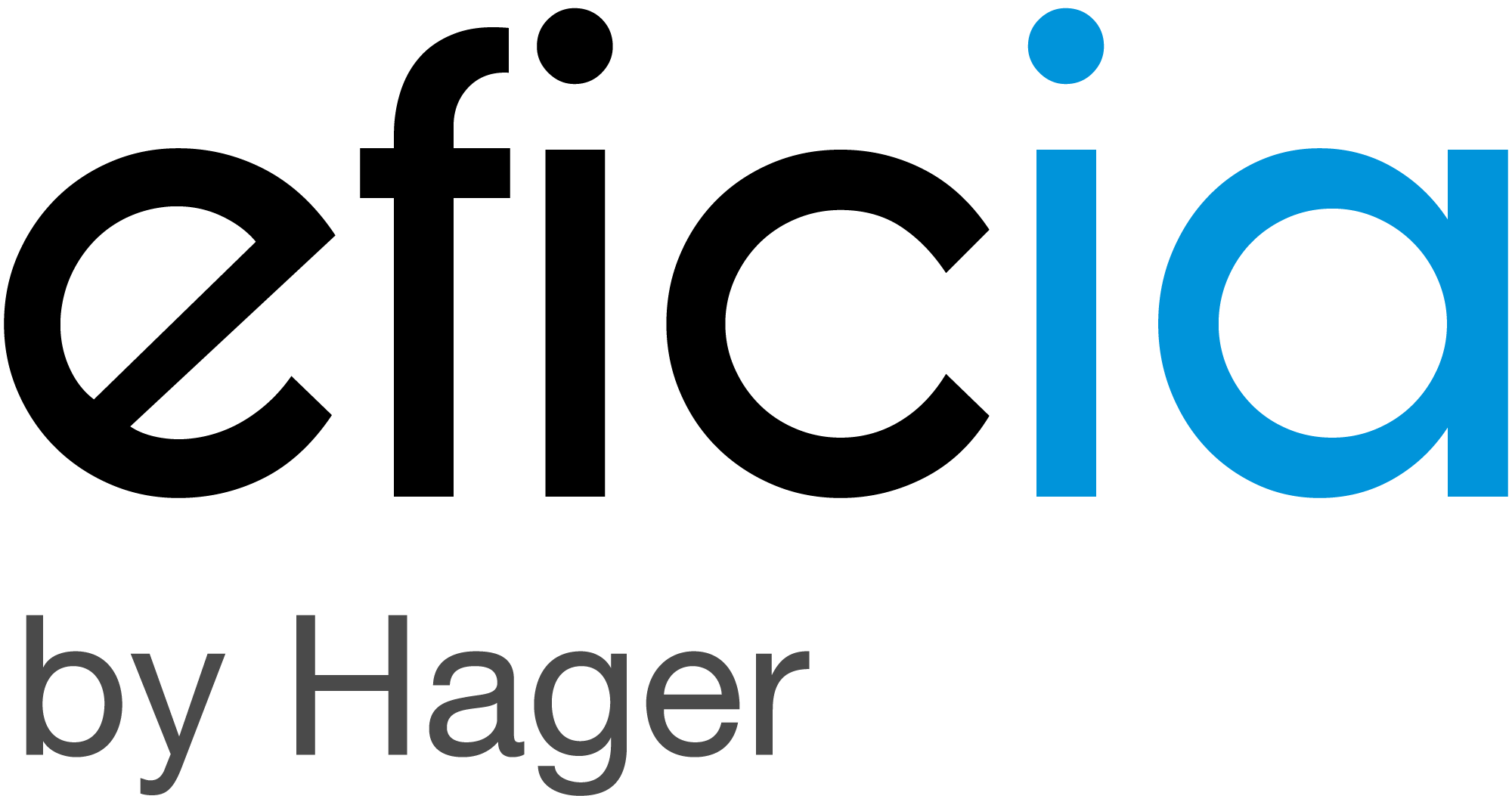How CMMS optimises technical and energy management in buildings
In today's complex building environments, efficient maintenance is no longer optional—it’s essential. Computerised Maintenance Management Systems (CMMS) have become a key tool for managing assets, planning interventions, and ensuring operational performance. By centralising data and enabling real-time monitoring, CMMS helps facility managers reduce costs, prevent breakdowns, and maintain safety and compliance across all types of buildings.

Understanding CMMS in the construction industry
A clear definition and a strategic role
Imagine a tool capable of transforming the way buildings are maintained and managed on a daily basis. That's exactly what CMMS, or Computerised Maintenance Management Systems, offer. This computerised system is designed to optimise maintenance operations, whether it's managing heating, air conditioning and plumbing equipment or more complex infrastructure such as HVAC (Heating, Ventilation and Air Conditioning) systems. By centralising all key information in an intuitive interface, CMMS gives managers a complete, real-time view of the status of assets and facilities.
But why has this tool become indispensable? In a context where modern buildings require constant attention to ensure their performance and compliance, CMMS is a key component. It does more than just facilitate maintenance; it also plays a crucial role in optimising costs, reducing the risks associated with malfunctions, and complying with legal health and safety requirements.
An essential solution for asset managersFor a property manager, every day brings new challenges: unexpected inspections, urgent repairs or planning maintenance work on critical equipment. CMMS offers a tailored response to these issues by automating some of the processes. For example, it allows you to organise intervention schedules, monitor the progress of work and analyse the performance of service providers.
In the facility management sector, this tool is becoming an essential ally in maintaining a high level of service while controlling costs. Whether you are responsible for a residential building, a commercial complex or public infrastructure, CMMS can transform the way you work by improving your responsiveness to unforeseen events and optimising resource allocation.
Key features of CMMS software
Data centralisation and real-time monitoring
Imagine a single dashboard where all the information about your buildings is accessible at the click of a button. This is one of the major strengths of CMMS software: data centralisation. Every asset, whether it's a heating system, plumbing installation or HVAC equipment, is listed in a comprehensive database. This includes its history, current status, maintenance requirements and even past interventions. This level of organisation significantly reduces the risk of losing crucial information or missing important maintenance.
Real-time monitoring is also revolutionary. Thanks to connected sensors or integration with other systems, teams can monitor the status of installations in real time and improve their performance. For example, an alert can be triggered as soon as a piece of equipment shows signs of malfunction, allowing for rapid intervention before the situation escalates. This proactivity is essential for avoiding costly interruptions and maintaining a high level of performance.
Intervention planning and asset management
Another central pillar of CMMS software is its ability to optimise intervention planning. No more disorganised schedules or costly oversights! With CMMS, every task can be scheduled with precision: periodic inspections, preventive maintenance or even urgent repairs. In addition, the tool can prioritise interventions based on criteria such as the criticality of the equipment or the risk of impact on occupants.
Asset management also becomes more strategic with these solutions. Managers can establish an accurate inventory of all their equipment and facilities, track their lifecycle through detailed monitoring, and anticipate replacements to optimise asset management. This not only optimises budgets, but also ensures a safe and functional environment for building occupants.
In short, these features do more than just make managers' daily lives easier; they transform their approach by making it more methodical and based on reliable data. CMMS is not just an IT tool: it is a powerful lever for improving operational efficiency and reducing unnecessary expenses.
Optimise maintenance management with CMMS
Increased responsiveness and productivity
In a world where every minute counts, responsiveness has become a top priority for building managers. Building CMMS is revolutionising this dynamic by enabling fast and informed decision-making. How? Thanks to real-time alerts and intuitive dashboards, teams can immediately identify potential problems, whether it's a breakdown in an air conditioning system or a malfunction in a heating installation. By anticipating these situations, interventions become faster and more targeted, thus limiting interruptions in building operations.
Productivity also benefits directly from this optimised organisation. Technicians have instant access to the information they need, including equipment history, precise asset locations and detailed technical procedures. This fluidity reduces downtime and improves the overall efficiency of teams in the field. Imagine maintenance where every task is planned with precision and every resource is used to its full potential.
Occupant comfort and equipment sustainability
Imagine a tool that can transform the way buildings are maintained and managed on a daily basis. That's exactly what CMMS, or Computerised Maintenance Management System, offers.
Choosing the right CMMS software for your business
Essential criteria for a successful selectio
How can you be sure you are making the right choice among the many building CMMS software solutions available on the market? The answer lies in a thorough analysis of your organisation's specific needs. First of all, interoperability is a key criterion: the software must be able to integrate easily with your existing systems, such as those dedicated to property management or energy monitoring. This ensures smooth data exchange and avoids information silos.
Next, look for an ergonomic and intuitive interface. A complex tool may discourage adoption by your teams, slowing down their work and impacting overall performance. Also, make sure the solution offers features tailored to your industry, such as HVAC asset management, periodic inspection scheduling, and real-time equipment performance monitoring. Finally, don't forget to check the software's customisation options and scalability: your business will evolve, and your CMMS must be able to keep pace with this growth.
Implementation and importance of training
Once the software has been selected, implementation is a crucial step that requires careful planning. Start with a comprehensive audit of your current processes to identify areas for improvement and ensure a smooth transition to the new solution. Existing data, such as equipment inventory and maintenance history, must be imported carefully to ensure accuracy.
Staff training is equally essential to maximise the benefits of your investment. Even the best software will only be effective if your teams know how to use it properly. Organize practical sessions tailored to different users: managers, technicians and external service providers. A good understanding of the tool will not only improve their productivity, but also encourage rapid adoption of the system.
Ultimately, choosing and deploying CMMS software is not just about acquiring a technological tool: it is a strategic project that profoundly transforms the way you manage your buildings and assets on a daily basis.
